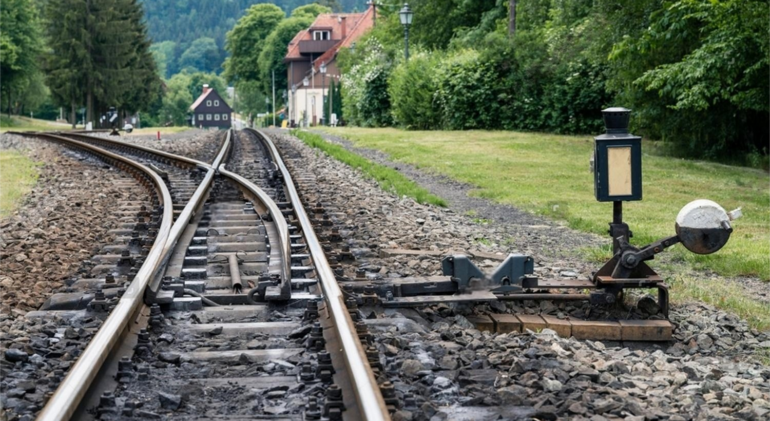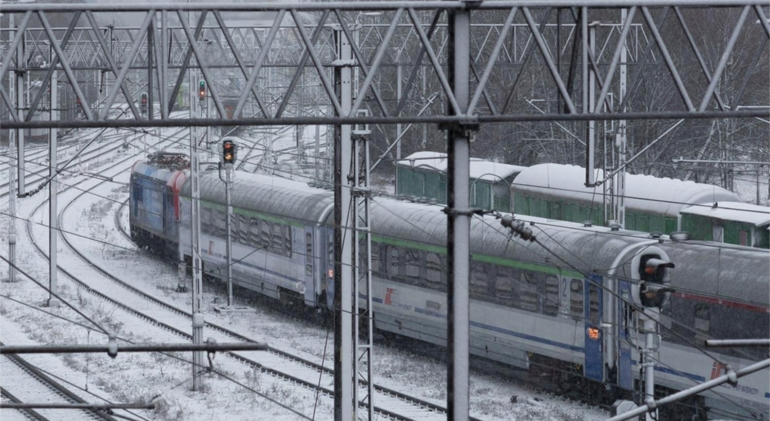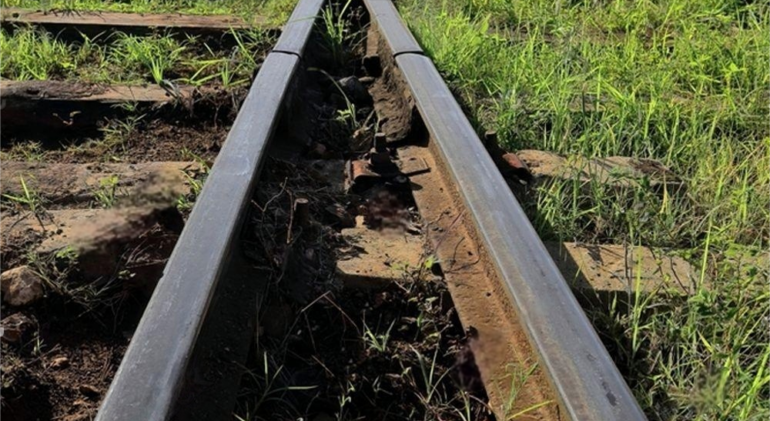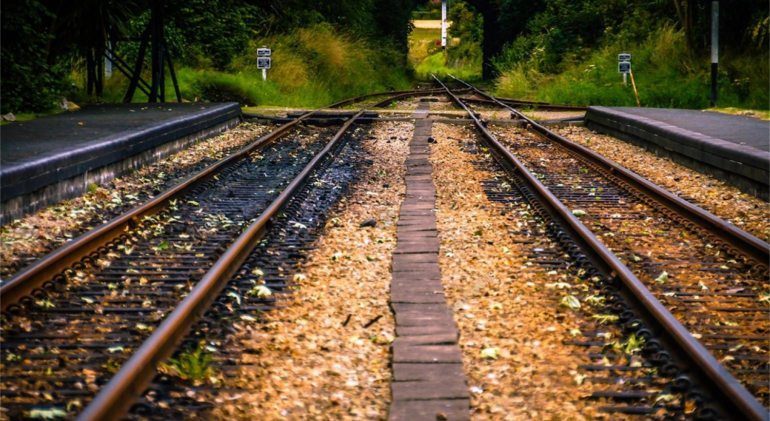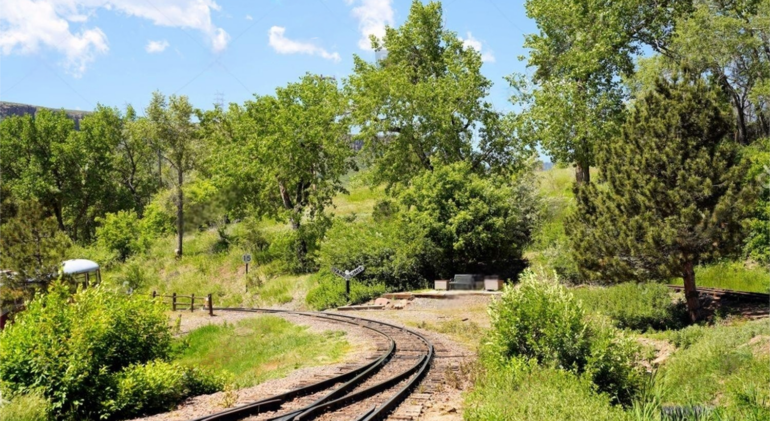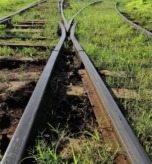Railroad Turnouts: Ensuring Smooth Train Transitions
Introduction Railroad turnouts, often referred to as switches, play a crucial role in the railway system. They allow trains to change tracks seamlessly, ensuring that transportation remains efficient and safe. Understanding the mechanics and maintenance of turnouts is vital for both railway operators and enthusiasts. In this article, we’ll explore the significance of turnouts, their components, and best practices for maintenance. 1. What is a Railroad Turnout? A railroad turnout is a mechanical installation that enables trains to switch from one track to another. It consists of several key components, including the switch rails, stock rails, and a mechanism to operate the switch. Efficient design and operation of turnouts are […]



